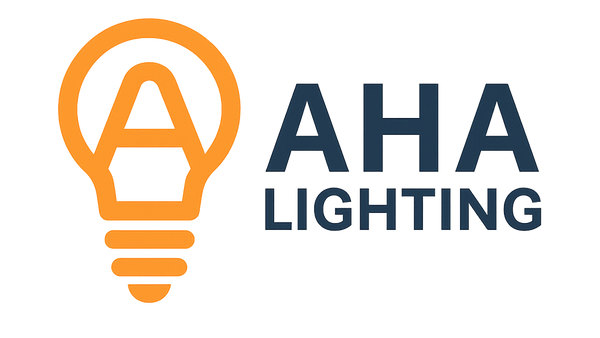
The Next Generation of Emergency Battery Material: Lithium Iron Phosphate (LFP)
Share
Why LFP Batteries Are the Future of Emergency Lighting
Lithium iron phosphate (LFP) batteries are rapidly becoming the gold standard for emergency lighting, replacing outdated nickel cadmium (NiCd) technology. With superior energy efficiency, extended lifespan, and eco-friendly design, LFP addresses the critical shortcomings of traditional batteries while aligning with modern sustainability goals. Here’s why LFP is the next-generation solution for reliable, long-term safety.
5 Reasons LFP Outperforms Legacy Battery Materials
1. Unmatched Energy Efficiency
LFP batteries achieve 95% charge efficiency, minimizing energy loss as heat during charging. In contrast, NiCd efficiency drops to 85% once 70% capacity is reached. Combined with a 3-5% monthly self-discharge rate (vs. NiCd’s 15% in 24 hours), LFP reduces energy waste and ensures consistent readiness during outages.
2. Decade-Long Lifespan
LFP retains 70% capacity after 8-10 years, thanks to minimal memory effect and stable chemistry. NiCd degrades after 3-4 years, especially under routine testing or frequent discharge cycles. For facilities, this means fewer replacements and lower maintenance costs.
3. Extreme Temperature Resilience
From -20°C to 60°C, LFP batteries deliver reliable performance in freezing warehouses or scorching mechanical rooms. NiCd struggles below 0°C and risks damage above 55°C, limiting its use in harsh environments.
4. Eco-Friendly & Sustainable
LFP contains no toxic cadmium, aligning with RoHS directives and simplifying recycling. NiCd’s cadmium content poses environmental hazards, and its exemption under RoHS is expected to expire as safer alternatives like LFP dominate the market.
5. Future-Proof Technology
LFP is already powering EVs, solar storage, and smart grids—its adoption in emergency lighting ensures compatibility with evolving energy systems. NiCd, meanwhile, faces phase-outs due to regulatory and environmental pressures.
LFP vs. NiCd: At a Glance
| Feature | LFP Batteries | NiCd Batteries |
|---|---|---|
| Charge Efficiency | 95% | 85% (after 70% charge) |
| Self-Discharge Rate | 3-5% per month | 15% in 24 hours, 10-20% monthly |
| Lifespan | 8-10 years | 3-4 years |
| Temperature Range | -20°C to 60°C | 0°C to 55°C |
| Environmental Impact | Non-toxic, RoHS-compliant | Contains toxic cadmium |
| Maintenance Costs | Low (long-term reliability) | High (frequent replacements) |
The Future of Emergency Lighting Starts Now
LFP’s advantages extend beyond technical specs:
-
Cost Savings: Fewer replacements and reduced energy waste lower total ownership costs.
-
Compliance: Meets tightening environmental regulations and safety standards (e.g., BS 5266).
-
Versatility: Ideal for outdoor, industrial, and unheated spaces where NiCd fails.
Upgrade to LFP: A Smart Investment
For new installations or retrofits, LFP ensures your emergency lighting system is future-proof, sustainable, and reliable. As industries phase out cadmium-based batteries, adopting LFP positions facilities ahead of regulatory curves while enhancing safety.
Shop and upgrade your fixture at ahalightingled.com

Keywords: Lithium iron phosphate (LFP), next-gen emergency batteries, LFP vs NiCd, sustainable battery technology, long-lasting emergency lighting.
Ready to Make the Switch?
Explore LFP-powered emergency lighting solutions today and join the shift toward safer, smarter, and greener energy resilience.

